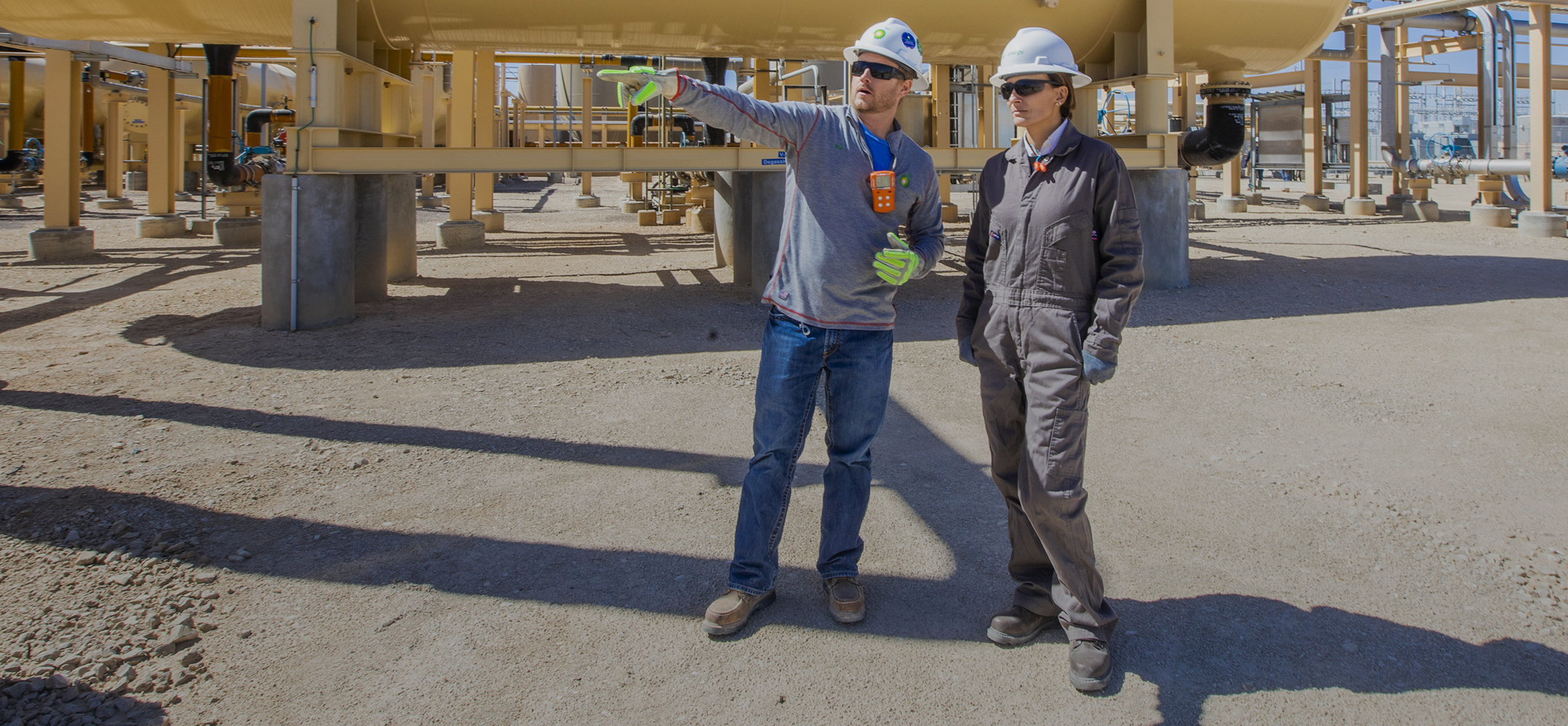International oil companies (IOCs) are maintaining their output plans, despite increasing demand and output of electric vehicles and emission targets that should match zero-carbon ambitions over the next two decades.
ExxonMobil is boosting energy trading ambitions to compete against its peers.
It is planning a renewed push into energy trading to take on rivals such as Shell and BP that have long leaned on buying and selling commodities.
Chevron is increasing its interests in the Mediterranean and is about to strike an exploration deal with Algeria’s Sonatrach.
Big Oil made bumper profits in 2022.
Profits in 2023 are expected to be less but still significant.
Even though exploration and production (E&P) investments are increasing, they are well below mid-2010s levels.
Mixed signals from the EU and the US about the future of oil and gas are to blame.
OPEC
The OPEC+ group will maintain output despite plans by the Kremlin to cut 500,000 bpd in retaliation for international sanctions, according to delegates who declined to be identified.
OPEC secretary general Haitham Al-Ghais said at EGYPS2023 that “the oil sector requires $12 trillion until 2024, with an annual provision of $5 billion.”
Oil demand is projected to reach 110 million bpd by 2025, added the OPEC chief.
Al-Ghais told climate activists to “look at the big picture” and must “work towards an energy transition that is orderly, inclusive and helps ensure energy security for all.”
Oil powerhouses eye a friendlier UN climate summit.
OPEC head Al-Ghais said the UAE hosting COP28 is a “fresh opportunity to explore inclusive, sustainable and consensus-based solutions to climate change.”
Egypt is to hold three international tenders for oil, and gas exploration in 2023 to build on the successes in 2022, its Petroleum minister announced at EGYPS.
Oil is rebounding this year as Chinese demand recovers and lack of investment limits growth in supply, with OPEC sources saying that $100+ a barrel is possible.
The production and demand for electric vehicles are accelerating, but oil and gas are not going the way of the dinosaur.
Last month the International Energy Agency (IEA) said: “Global oil demand is set to rise by 1.9 mb/d in 2023, to a record 101.7 mb/d, with nearly half the gain from China.”
The impact of EVs is likely to be cancelled by increasing demand for oil for petrochemical feedstocks – plastics.
According to Bloomberg, this will double to 20 mln b/d by 2050.
BP Energy Outlook 2023
BP’s Energy Outlook projects that oil demand will fall over the period to 2050, as used in road transportation declines and as the world switches to lower-carbon alternatives.
This is at odds with OPEC forecasts and IEA short-term projections that show demand still growing.
The IEA has projected that oil demand this year will grow by nearly 2 mln b/d, reaching 101.7 mln b/d.
BP’s Net Zero goal-setting scenario in Energy Outlook 2023 shows it dropping well below 100 mln b/d.
Net zero models look increasingly at odds with short to medium-term trends.
It does not look possible that oil demand will “plummet in a matter of months and keep falling precipitously every year for the next decade.”
Bernard Looney, chief executive of BP, said that he wants to “dial back” on the company’s green energy push, concerned about the lower returns from its investments in renewables, and stick with oil and gas investments longer, after record profits in 2022.
In a strategy update, BP said it plans to curb oil and gas output by 25% by 2030 compared to 2019.
In 2020 it pledged a 40% cut.
It is also increasing oil and gas investments by $8bn by 2030 to “meet near-term demand.”
BP is now becoming mindful that while it is investing in renewables, it does not run-down oil and gas too aggressively, especially as the world focus has now shifted more to energy security rather than just climate change.
Hydrogen
Saudi Arabia’s NEOM hydrogen mega-project cost has soared to $8.5 billion.
Inflation, spare parts, upfront fees for land and interest on loans have contributed to the $3.5 billion budget increase.
Getting cheap hydrogen still has some way to go.
On the other hand, France and Germany are split over EU green hydrogen rules.
The new energy framework highlights disagreement over how to account for nuclear energy.
Confusion abounds
EU and US politicians are stressing the need for greater energy security and affordability, but their policies remain unaligned with these goals – mixed messaging continues, undermining investment.
The energy crisis has led to mounting calls for increased indigenous oil and gas supply in Europe.
But while politicians, fearful of upsetting voters burdened by soaring energy costs, have stressed the need for greater energy security and affordability, some of their policies continue to undermine investment.
The upstream industry continues to get mixed messages.
Such confusion will need to be addressed if future energy crises are to be averted.
Dr Charles Ellinas is Senior Fellow at the Global Energy Center, Atlantic Council
Twitter: @CharlesEllinas










